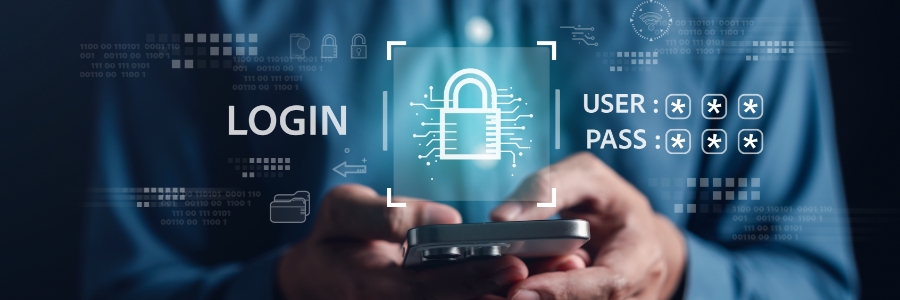When it comes to online safety, HTTPS (Hypertext Transfer Protocol Secure) is your first line of defense. In this article, we explore how HTTPS helps secure your connection to websites, prevent data theft, and build trust in the digital world. Whether you’re banking, shopping, or just reading the news, understanding how HTTPS works can help you stay safe every time you go online.
Blog
Stay up to date with the latest technology news and industry best practices
How to choose the right hardware for your needs
The state of ransomware in 2025: What businesses need to know
Harnessing the full potential of Microsoft Copilot
Cutting cloud costs: Smart strategies to avoid overspending

Are your cloud costs higher than expected? Many businesses overspend on cloud solutions due to poor planning, underutilized resources, and hidden fees. This article breaks down the biggest cost drivers in cloud computing and provides actionable insights to help you reduce waste, improve efficiency, and take control of your cloud budget.
Why SMBs need regular technology business reviews

Technology is always evolving, and for small or mid-sized businesses like yours, staying ahead means taking a close look at your IT strategy. A technology business review helps you spot inefficiencies, security risks, and growth opportunities. By conducting these reviews regularly, you can make sure your technology supports your goals, boosts productivity, and stays cost-effective.
Password managers under attack: Protect your SMB

Many small or medium-sized businesses (SMBs) rely on password managers to simplify and secure their authentication processes, but these tools are now under attack. A recent study revealed a startling rise in malware targeting password managers, with cybercriminals adapting their tactics and growing more sophisticated by the day.






